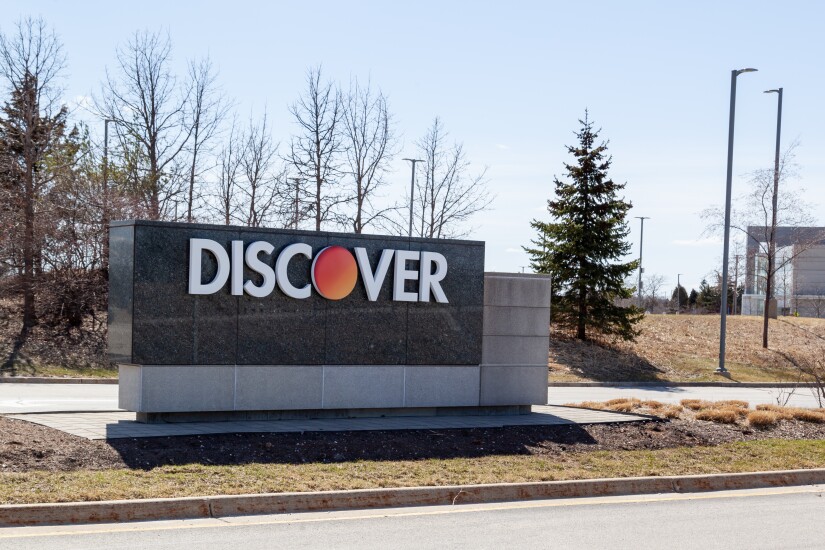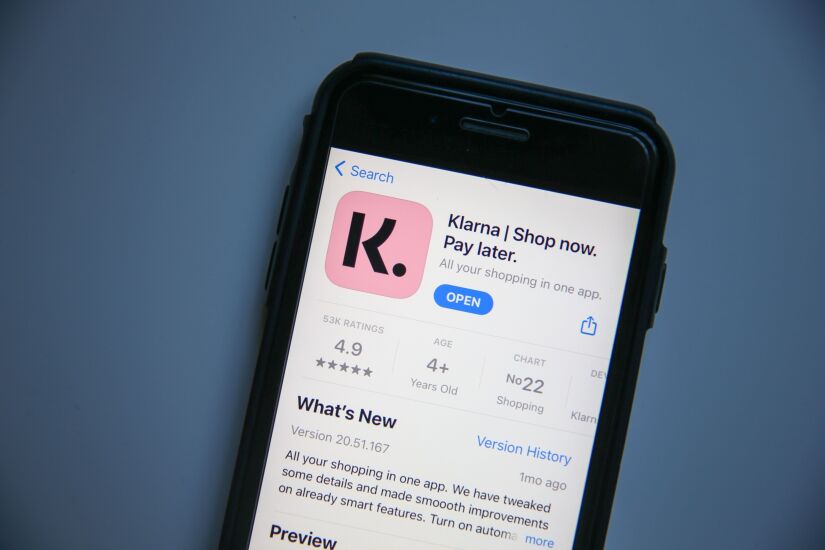From the freshest entry-level employee all the way up to the C-suite, AI is changing the way people in the payments industry approach their jobs.
Generative AI is helping people communicate internally and speeding up product development. It's crunching large amounts of data to improve the supply chain. It's also helping retailers cut shrinkage and pitch the right products.
But AI also has the potential to eliminate certain roles, depriving companies of a crucial part of their talent pipeline. Here's how several payment companies and retailers are adopting AI to transform the way they do business.














